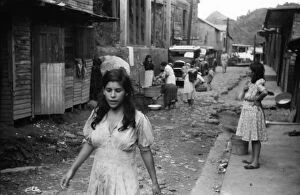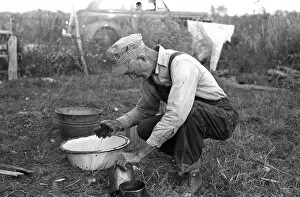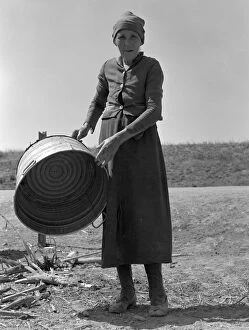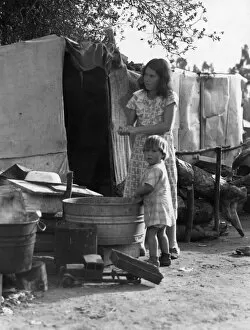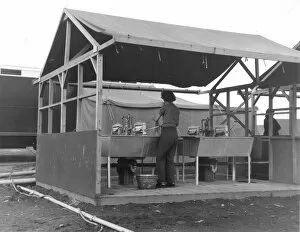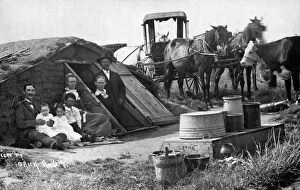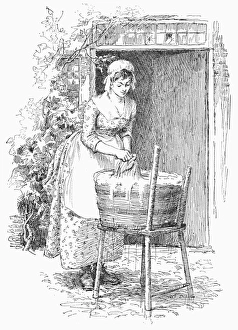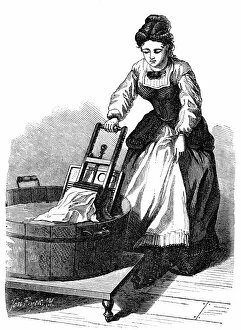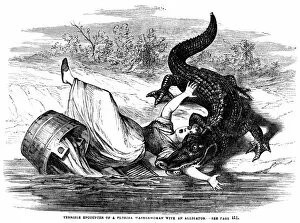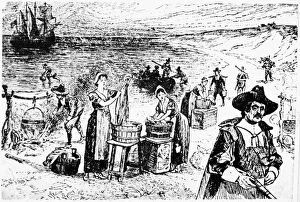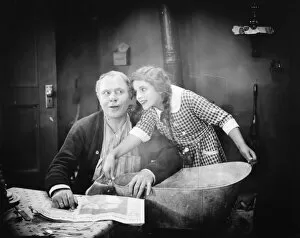Washbin Collection
In the early 20th century, washbins were not just a simple household item; they represented resilience and perseverance in the face of adversity
All Professionally Made to Order for Quick Shipping
In the early 20th century, washbins were not just a simple household item; they represented resilience and perseverance in the face of adversity. From Puerto Rico's slums to Louisiana's farmlands, these humble basins played a vital role in daily life. In 1942, amidst the poverty-stricken streets of Lares, Puerto Rico, captured by Jack Delano's lens, a washbin stood as a symbol of hope. It served as a sanctuary for families struggling to make ends meet, their determination shining through each garment washed with care. Traveling across America during those challenging times revealed countless stories etched into the fabric of society. In Morganza, Louisiana in 1938, we witnessed a farmer's wife diligently scrubbing clothes in her trusty washbin. Her hands worked tirelessly to provide clean garments for her family while embodying strength and dedication. Migrant camps became temporary homes for displaced workers seeking better opportunities. In San Joaquin Valley's Westley camp in 1939, laundry units filled with washbins became communal spaces where dreams mingled with soap suds. These makeshift laundromats fostered unity among migrant workers striving for brighter futures. Shantytowns and sharecropper settlements may have lacked material wealth but never spirit or resourcefulness. A shantytown dweller near his shack used an old washbin to clean dishes - proof that even amidst destitution one can find dignity and cleanliness. Beyond domestic chores lay tales from lumber camps like Effie in Minnesota (1937). Here we discovered rugged lumberjacks washing their weary feet after long days battling nature's elements—a reminder that even amid laborious work routines hygiene remained essential. The struggles faced by migrant women were particularly poignant; yet they found solace within their communities. In Stanislaus County’s migrant camp (1939), grandmothers embraced their roles as caretakers while using modest washbasins to ensure cleanliness for their loved ones.

